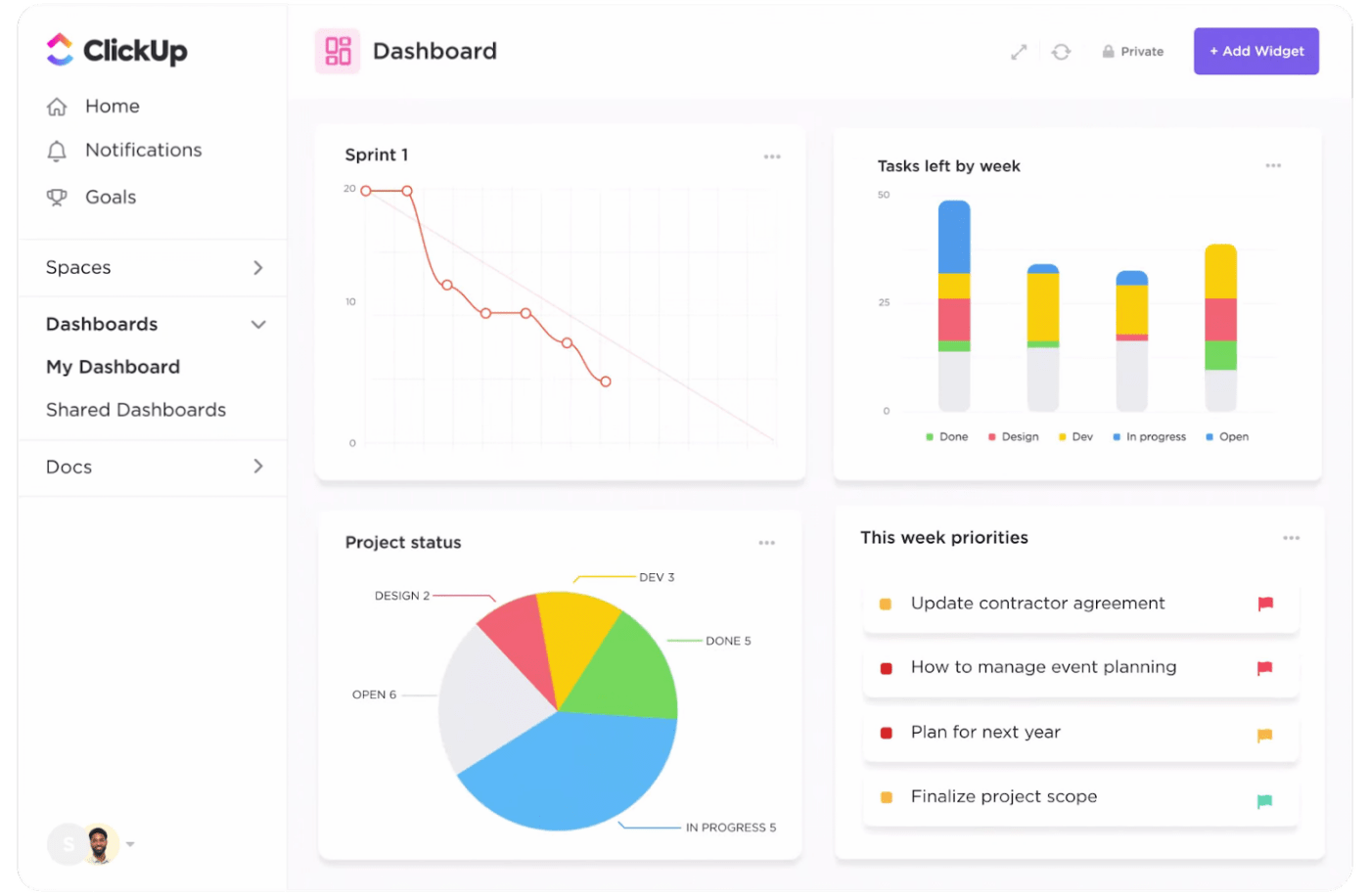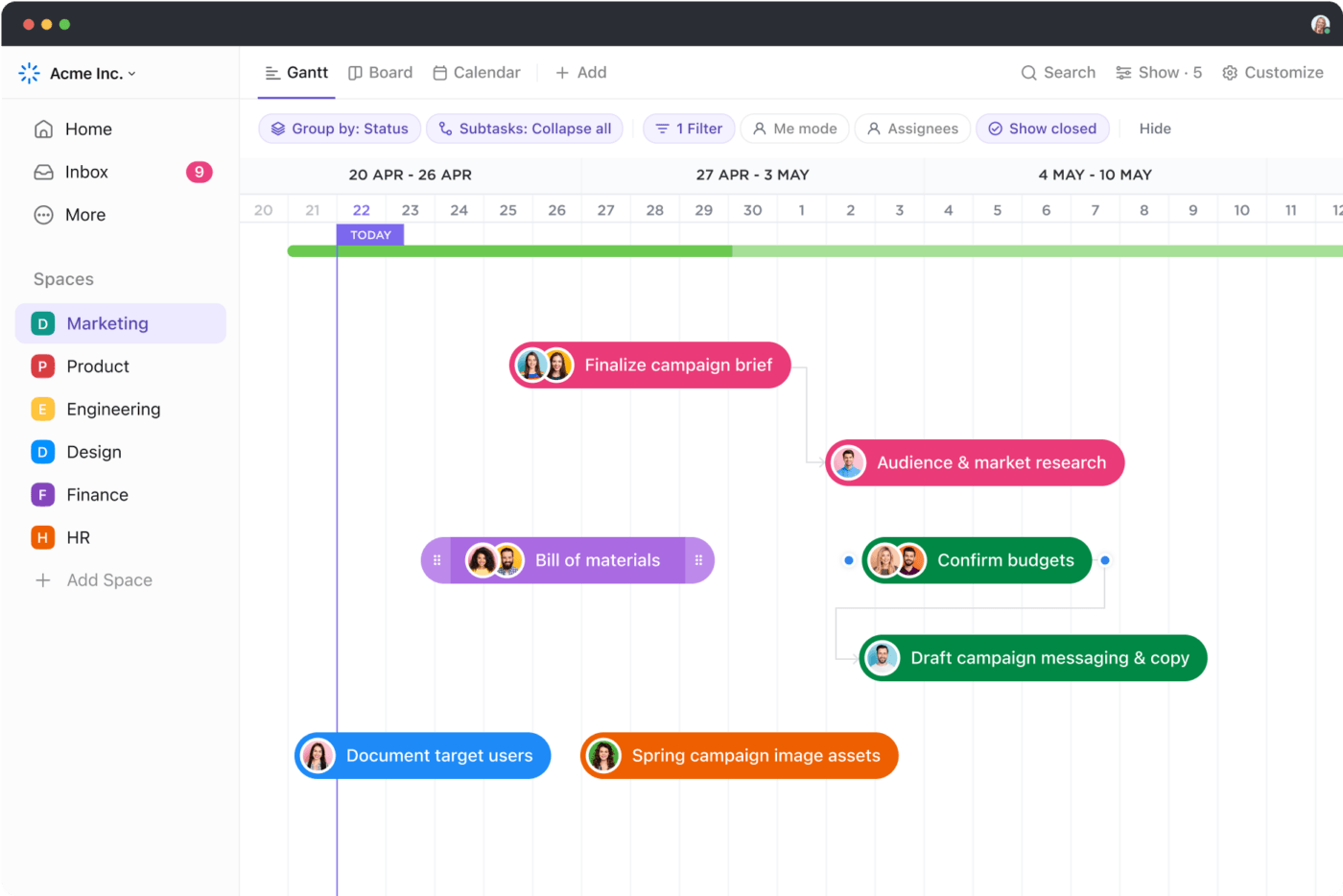

The feature parity trap can take product teams away from the business outcomes they’re looking for and waste valuable resources in the process. That’s why it’s important to know when full feature parity is the right goal for your SaaS product—and when it isn’t.
Let’s define feature parity and find out how it fits into the software development universe. We’ll look at the different types of feature parity and identify where it’s essential plus some pitfalls and challenges to watch out for.
Then we’ll share some software development tools that streamline your workflow as you work towards the right level of parity for your product. 🙌
What Is Feature Parity?
Feature parity describes whether systems have the same sets of features—in other words, whether they have comparable functionality and allow the end user to do the same sorts of things.
However, feature parity’s meaning depends on the context in which you use it.
Types of Feature Parity
There are three different kinds of feature parity to be aware of.
Legacy system parity
Let’s say you offer content marketing software. You become aware that some of your coding is now outdated and modernization is required. You could simply upgrade your legacy software, keeping all the existing features without redesigning anything, and then bring a faster version to market with updated coding and full feature parity with your legacy system. 🐌
If all the features are still working perfectly, your users might be happy to see that everything remains exactly the same from their perspective.
Multi-platform parity
The meaning of feature parity across platforms implies offering exactly the same framework, features, and functionality across different operating systems and different platforms. So whether users log into, say, your event management system from their laptop or a mobile app on their iOS or Android smartphone, their user experience is consistent. 📱
This can be reassuring and makes it easy for users to switch between devices as they choose.
Competitive feature parity
Competitive feature parity refers to offering the same features as your competitors. So, for example, if their product marketing software allows users to do market research, plan and manage a marketing campaign, set up and monitor their budget, and see all the analytics they need, yours should too. ⚖️

After all, it makes sense that you can learn a lot by studying the competitive landscape. Plus if their users want those features, yours might too. If this fits with your own business strategy and the way your system works, then you can compete head-to-head with your competitors—if that’s what you want to do.
Challenges and Pitfalls of Feature Parity
While feature parity might seem like the ideal—and sometimes it is—it also comes with challenges you need to be aware of.
Technological development
Software development is a fast-evolving industry and new technologies become available all the time. If you simply keep doing things the way you’ve always done them on your legacy system—perhaps just a little faster—you might be wasting resources on features that are no longer relevant. You might also be missing the opportunity to build new features that work better—or to redesign your system entirely. 🤖
Solution: It’s always worth reevaluating the way your system works in the context of new developments, instead of repeating the same old, same old. Stay up to date with the latest trends by attending development courses and webinars and reading product marketing books.
Different use cases
Users often use mobile apps differently from the way they use their laptops or desktop computers. If you build the exact same set of features for the different platforms, you may find you’ve wasted development team time—read: money—on product features that don’t get used on a given platform. Plus you may be overcomplicating your mobile API. 🤪
Solution: Run some end-user surveys to establish user needs for the different platforms you offer. Also, pay attention to your metrics to identify how—and where—the different features are used in real life on each platform.
You could even use feature flagging software to turn certain features on or off and see what the response is.
Limited resources
Very few companies have unlimited resources—and that usually goes double for start-ups. Trying to achieve full feature parity with your competitors when you’re developing a new product from scratch will delay your launch and cost you money you may not have upfront. 💸

Solution: Get your minimum viable product (MVP) out there, performing validation as you go, then iterate as customer feedback comes in.
Different business strategies
While it’s clearly important that you can compete with your competitors, doing so directly isn’t always the best way, especially if you’re not as established as they are. Also, your users may not necessarily want or need the same things as theirs do. 👪
Solution: Assess your users’ needs and consider whether differentiation might be a more effective selling point than complete feature parity.
Feature Parity: Where Is It Essential?
So should you aim for feature parity or not? That depends. Let’s look at how feature parity plays out across a few scenarios.
Feature parity in the context of mobile apps
When you’re building out your system to include iOS or Android mobile apps, there are some areas where it’s important to aim for feature parity. Your goal should be to create a consistent user experience across devices and reduce friction wherever possible. 😊
That means your basic structure, navigation, and naming conventions should be the same, so users can easily find what they’re looking for. And where users might switch between devices to do the same thing—like continuing to browse for products they’re interested in once they leave home, for example—your features should seamlessly shift with them.
However, some functionality might not be needed on all platforms. For example, users probably wouldn’t use a QR code scanner on their laptops or run extremely complex reports that are difficult to read on the small screen of a smartphone. So consider how each feature might be used before you automatically build it in.
Also, bear in mind navigation and workflow differences between Android and iOS apps, so the respective users feel comfortable with the features on their choice of platforms.
Importance of feature parity in web applications and cloud computing
Web apps and e-commerce sites are designed to achieve certain outcomes. For example, if customers plan to buy a particular product or service on a website, they want to be able to browse through the options, compare them, and then make an informed decision about which one will work best for them. 💻
The features you give them to do that are entirely up to you and they don’t have to match the features your competitors offer exactly. For example, you might give them a different (hopefully better) way to search and filter their results or show them comparisons in a different format. Provided they can achieve the outcome they want in an intuitive and user-friendly way, they’ll likely be happy with their customer experience.
That said, it is important to stay on top of industry trends to make sure you’re meeting customer expectations and remaining competitive.
Necessity of feature parity in database management
When you’re migrating large quantities of data to a new or updated platform, it’s important to make sure there’s enough feature parity for the database to continue to operate effectively. For example, you’ll need the same (or similar) fields to store the data and similar features to access and work with it. Any compatibility issues are likely to affect the reliability of the data, as well as functionality and performance.
The bottom line: There are some cases where feature parity is important—but it’s equally important not to fall into the feature parity trap. Be aware of the potential challenges of chasing after full feature parity and make sure you approach it in the right way—and with the right tools.
Bridging the Gap: 12 Solutions and Strategies for Feature Parity

When you’re managing a software development project, it’s crucial to have the right tools to get to the level of feature parity you’ve chosen—and keep both your stakeholders and your development team happy in the process.
ClickUp is an all-in-one project management and productivity platform that streamlines every aspect of your software development responsibilities. No matter how complex your project is, this powerful tool can handle it. 💪
Right from the beginning of your project, ClickUp’s Product Management tools help you map out your vision, design your product, and get your team on board. Then once you move into the development process, ClickUp Software tools manage the process for you, automating workflows and tracking progress every step of the way towards feature parity.
Let’s take a look at some of the specific tools ClickUp offers for the different stages of the development process.
1. Brainstorm your options

Get your initial ideas down on a ClickUp Whiteboard or ClickUp Mind Map. At this stage, you’ll likely also look at any existing versions of the software, as well as competitor products, to decide how much feature parity you’re going for.
2. Create a roadmap

Then wrangle your ideas into a roadmap with defined ClickUp Goals, milestones, and timelines. Team collaboration is key here—and ClickUp makes that easy. Multiple team members can work on any document at the same time, whether they’re on-site or working remotely. Or they can assign comments for their remote teammates to respond to when they log on later. 🤝
3. Get your documents in order
Centralize all your documentation from your project charter and timeline to your budget and weekly meeting notes. With everything linked to tasks, it’s easy to find what you need when you need it.
4. Assign tasks

Once you have your roadmap, goals, and major milestones, it’s time to create ClickUp tasks. You can automatically generate tasks directly from other ClickUp documents or create them manually, always linked back to your roadmap. ClickUp Sprints helps you estimate what your team can do in a given period to make the fastest possible progress toward feature parity. 🏃
5. Schedule meetings
Set up recurring meeting tasks for daily stand-ups and weekly progress meetings in Calendar view. Then set reminder notifications to make sure everyone’s there on time and is fully prepared for the meeting.
6. Resolve bugs
Use ClickUp Forms to collect user feedback on bugs, then convert that data directly into trackable tasks so you deal with them methodically, which will speed up your journey toward feature parity. You can manage any backlogs with custom fields and custom task statuses that tell you exactly what’s happening with each task. 🐞
7. Manage permissions
With ClickUp permissions, you control exactly what everyone on your project team can access. For example, you might allow some people to edit items, while others can only view or comment on specific items.
8. Track progress
Customize your own visual ClickUp Dashboards to show project progress at a glance. View a high-level overview or drill down into details as you choose. Generate automatic progress updates using AI Custom Fields like Target Release Group, Backend Target Release, and Risk, so you can quickly report back to your team and other stakeholders on how you’re doing against your goal of feature parity.📊
9. View data your way

See your project data in your choice of formats. For example, you might choose Gantt view to see your project timeline, List view to monitor outstanding tasks, or Workload view to manage who’s working on what. Simply switch views at the click of a button to get a different perspective.
10. Manage your release
As you move toward feature parity, deploy your releases in a carefully planned, controlled, and measured way that minimizes the potential chaos of new product development. Work through coding, QA, and staging then use the feedback you get to make those final tweaks before making it live.
11. Save time with templates
No matter what stage of the development process you’re working on, there’s a ClickUp template for that. From product positioning templates to product development templates, save time and effort at every turn. 📝
12. Get your tech stack working together

ClickUp integrations amp up the power of many other commonly used applications. Set up meetings with Google Calendar, then run them using Zoom or Microsoft Teams. Chat with your team on Slack and track time spent on tasks with Harvest. Perform cross-browser testing with LambdaTest and log and resolve bugs on Bugsnag.
The Future of Feature Parity
Feature parity will continue to be an important element for software developers to consider. Rather than simply building more of the same, it’s important to look at what exists—whether that’s your own legacy site, your current platform, or a competitor’s—and identify what to keep (or reengineer) and what to leave out. ✅ ❎
To make the right decisions here, developers need to keep the needs of end users front of mind—because taking care of the customer should always be the bottom line.
Use Feature Parity Wisely
Developing software requires important decisions about feature parity. For example, how many of your legacy features will you migrate to your new system or expanded platforms, and how will the features you offer compare with those of your competitors?
Developing features takes time and money so it’s important to make sure you’re using those resources to work on features your customers actually want. The features you choose should also be technologically up-to-date and align with your business strategy.
Using the right supporting tools to help you reach your chosen level of feature parity is important too. ClickUp gives you all the software development and management features you could want to save time, energy, and money across your project.✨
With pricing options—including a free version—for every size of business from start-ups to corporations, and languages that include English, French, Spanish, and even Brazilian Portuguese, you can’t go wrong with ClickUp.
Sign up for free with ClickUp today to get to feature parity faster and better than ever before. Your team will thank you—and so will your customers. 🤩
Common FAQs
When you’re managing a software development project, it’s important to understand the meaning and implications of feature parity. These definitions may help.
What is parity in software development?
Feature parity in software development is a measure of how many features software systems have in common across different versions or platforms—or compared to competitors. Systems with a high level of feature parity will be able to do similar things in similar ways.
What is feature parity across platforms?
Feature parity across platforms refers to being able to perform similar tasks on different platforms. For example, a desktop and mobile application would have similar functionality and naming conventions on both platforms.
Why is feature parity important?
Feature parity across platforms and versions ensures that users can do what they need to, regardless of which device they’re using, and continue to do so when you upgrade your system. Feature parity within your industry ensures that you stay competitive and that users don’t get frustrated and migrate to your competitors.



